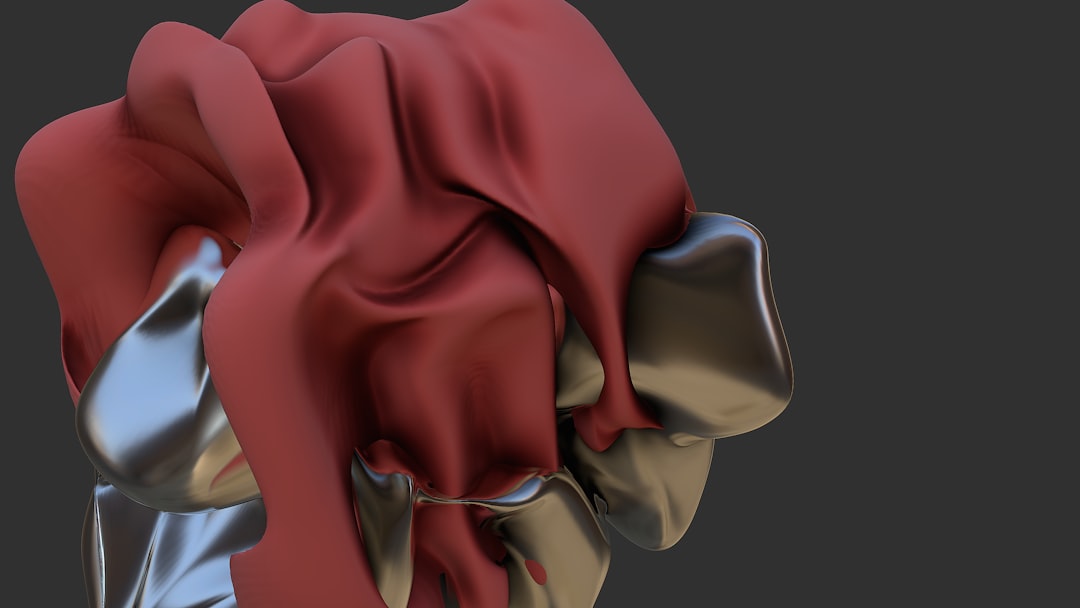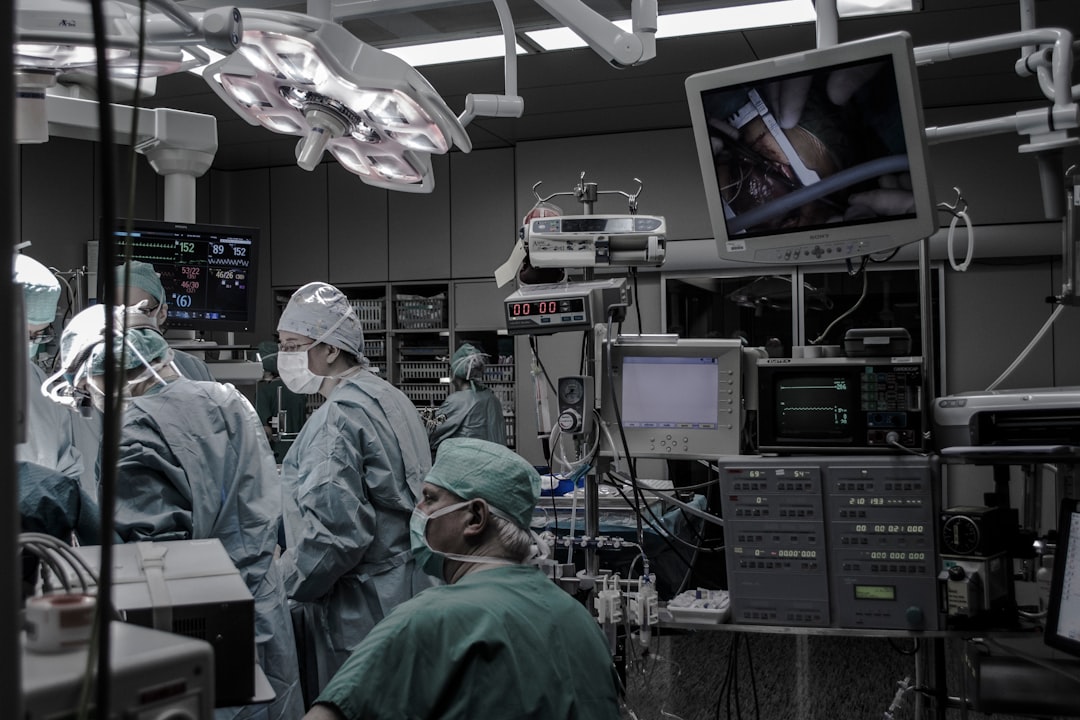Open Dental Anatomy history: A Comprehensive Overview of its Evolution
Open Dental Anatomy has come a long way since its inception, transforming from a research-focused tool to a globally recognized dental visualization platform. In this article, we will delve into the history of Open Dental Anatomy, exploring its development, key milestones, and the factors that contributed to its widespread adoption in the dental community.
Early Beginnings and Research Roots
Open Dental Anatomy was initially created as a research software, aimed at providing a comprehensive understanding of dental anatomy. Its development was driven by the need for a detailed and accurate representation of dental structures, which could be used for educational and research purposes.
The early versions of Open Dental Anatomy were focused on creating a detailed 3D model of the dental anatomy, incorporating data from various sources, including textbooks, research papers, and expert opinions. The software was designed to be user-friendly, allowing researchers and students to easily navigate and explore the complex structures of the dental anatomy.
Evolution into a Dental Visualization Platform
As Open Dental Anatomy gained popularity in the research community, its developers began to explore its potential applications in dental education and practice. The software’s ability to provide detailed 3D visualizations of dental structures made it an ideal tool for teaching dental anatomy and illustrating complex dental procedures.
The evolution of Open Dental Anatomy into a dental visualization platform was marked by significant updates and expansions. New features were added, including interactive tutorials, case studies, and a comprehensive library of dental anatomy models. The software’s user interface was also revamped, making it more intuitive and accessible to a wider range of users.
| Feature | Legacy Tools | Open Dental Anatomy |
|---|---|---|
| 3D Visualization | Limited | Advanced |
| Interactive Tutorials | None | Comprehensive |
| Dental Anatomy Models | Basic | Extensive |
Comparison with Legacy Tools
Open Dental Anatomy’s evolution into a dental visualization platform has made it a popular choice among dental educators and practitioners. Compared to legacy tools, Open Dental Anatomy offers a range of advantages, including advanced 3D visualization, interactive tutorials, and an extensive library of dental anatomy models.
The following table highlights the key differences between Open Dental Anatomy and legacy tools:
| Feature | Legacy Tools | Open Dental Anatomy |
|---|---|---|
| User Interface | Cluttered | Intuitive |
| Customization Options | Limited | Advanced |
| Cost | High | Free (Open-Source) |
Future Developments and Integrations
As Open Dental Anatomy continues to evolve, its developers are exploring new integrations and features that will further enhance its capabilities. Some of the upcoming developments include:
- Integration with popular dental software
- Expansion of the dental anatomy model library
- Development of new interactive tutorials and case studies
In conclusion, Open Dental Anatomy’s history is a testament to the power of innovation and collaboration. From its humble beginnings as a research software to its current status as a global dental visualization platform, Open Dental Anatomy has come a long way. As it continues to evolve, it is likely to remain a leading tool in the field of dental education and practice.




